Vegetation management targets weeds and increases productivity
Roger Fairest is the chief remote pilot and finance manager for ‘Drone That’, a Brisbane-based organisation that specialises in using drones to manage vegetation across southern Queensland.
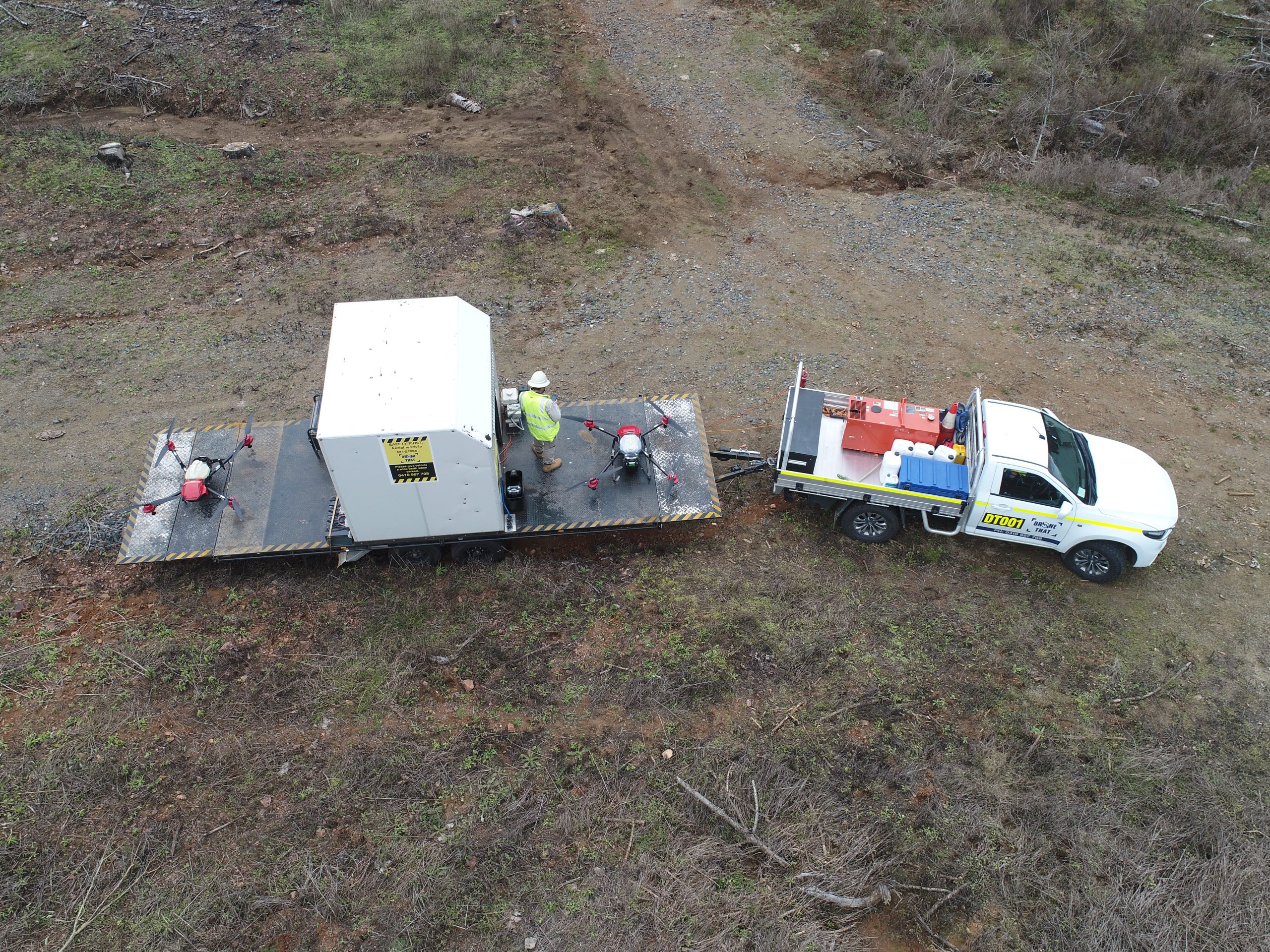
Since starting out in 2018, Roger has led the Drone That team to complete over 3,500 flights for their customers. Their mission is to use the precision of drones to perform surgical-style herbicide applications.
What’s his unique selling point? Roger is passionate about using drone technology to increase productivity. Roger’s approach also means the company can spray hard-to-reach locations, reducing or mitigating environmental and work health and safety risks.
Previously an accountant, Roger discovered some similarities to his previous profession in the use of drones.
‘Just like in accounting, everything can be explained by numbers and risks can be managed by applying the right processes and procedures,’ he says.
So it’s no surprise his approach to his business is based on using drones to improve and build on existing vegetation management processes, which has ultimately led to his success.
‘Drone capabilities led me to this job, I just love the challenge,’ he says. ‘Drones are always reliable – they are just as productive and enthusiastic on the first flight as on the last flight of the day.’
Roger started working widely across the agriculture sector, but quickly moved his focus specifically to vegetation management; he found this provided a very challenging environment along with customers who were willing to try new ways to reduce their risks. Drones enable spraying to be extremely precise, which is a huge advantage to this sector of the industry.
Vegetation management is a process for controlling weeds. Jobs can take place in areas as diverse as the side of highways, electrical networks, across railway tracks, port facilities – any industrial space where humans must keep vegetation under control. Selected herbicides are the most used chemical as they kill the weeds while still allowing other vegetation to grow.
‘The drones spray in a straight line, more so than would ever be possible for a human, and the area they target is much more precise, which is better for the environment,’ Roger says.
He has integrated the use of drones to reduce work health and safety risks. Traditionally, people would attend these areas on foot; however, drones are much more versatile and efficient.
‘It’s obvious in this field when there is a mistake when spraying – it becomes very visible and stays there for some time, for example, by spraying outside the spray zone,’ he says. ‘So, by using drones we can mitigate this risk. We spent a lot of time educating ourselves and our workforce to use the tools, the drones, to their full advantage.
‘I often work in national parks which are sensitive areas and I can be confident that, if used properly, the drones will disperse chemical only within the specified spray zones.’
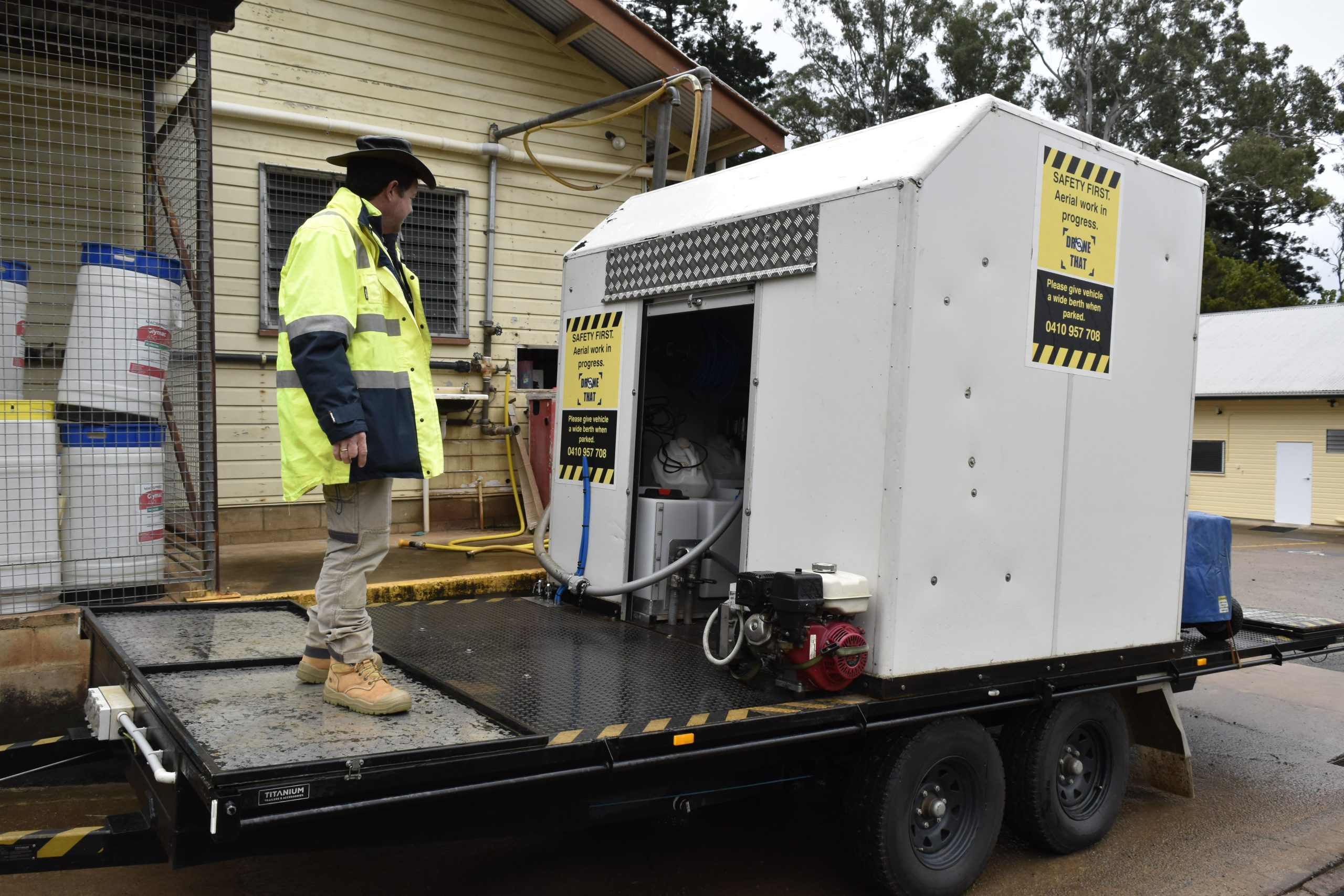
As a professional operator who has been flying drones for years, Roger is very familiar with and supportive of the drone safety rules and the procedures essential for each job.
‘Just like in hiking, it’s a lot of work and a lot of planning, but when you look back at the task, you’re proud that you did it,’ he says. ‘I’m always thinking about the quality of the outcome and how I am going to make my resources work to their full capabilities.
‘We’re just at the beginning of a very long journey with drones; the technology is going to keep developing with new releases all the time. We’re regularly investing and updating our equipment.
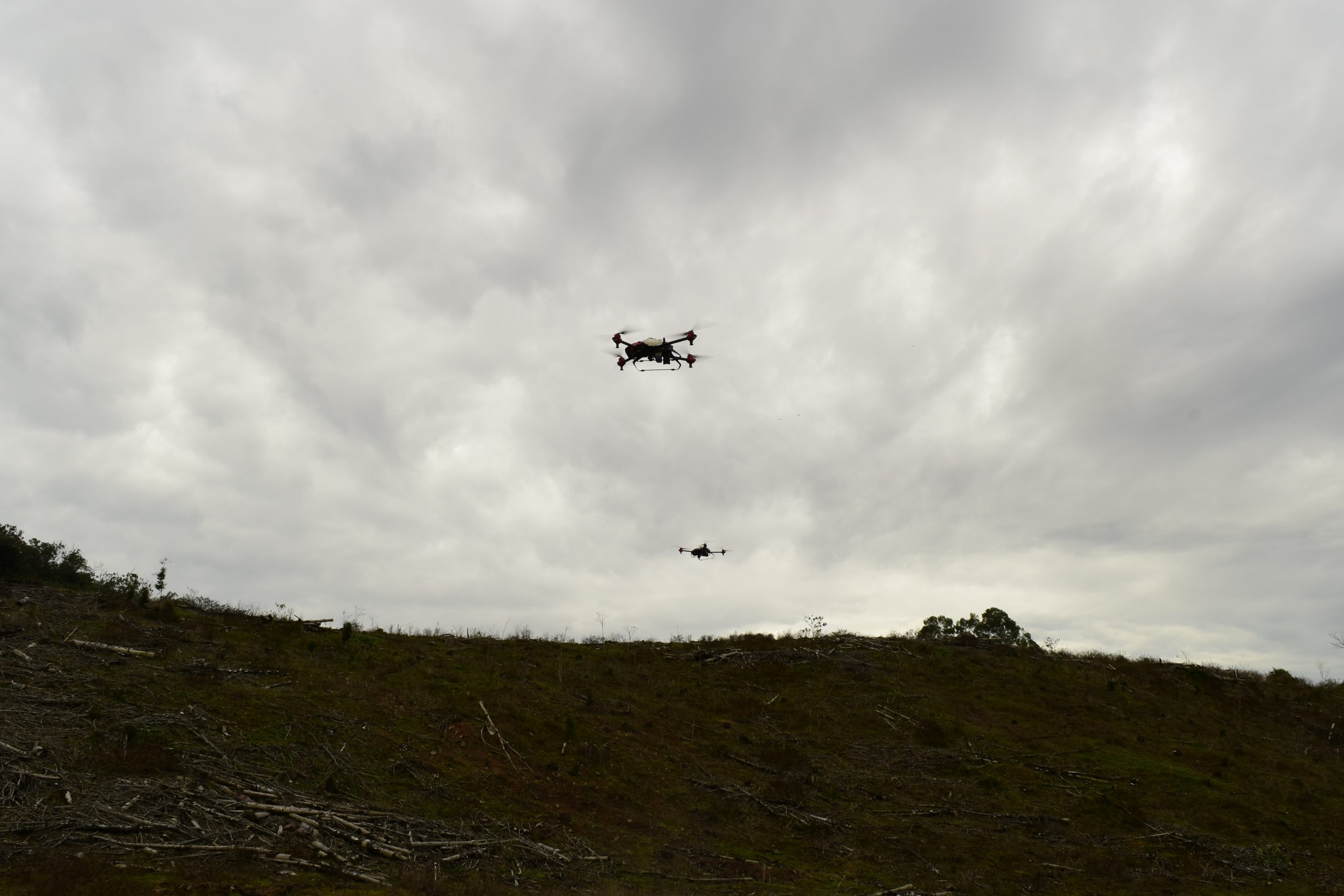
‘Weather is a key element, and you must keep a detailed audit trail by using all your procedures and checklists and communicating with your crew before commencing an operation. Risks can be managed this way. We have procedures in place to keep everybody safe and every member of the crew has a role to play to keep everything running smoothly. Risk assessments are vital for every job and are always varied in their approach.’
When asked about advice for others who fly drones, Roger said: ‘While flying, keep monitoring every time that you make a change. Make sure you always have control and only fly as you are comfortable.’

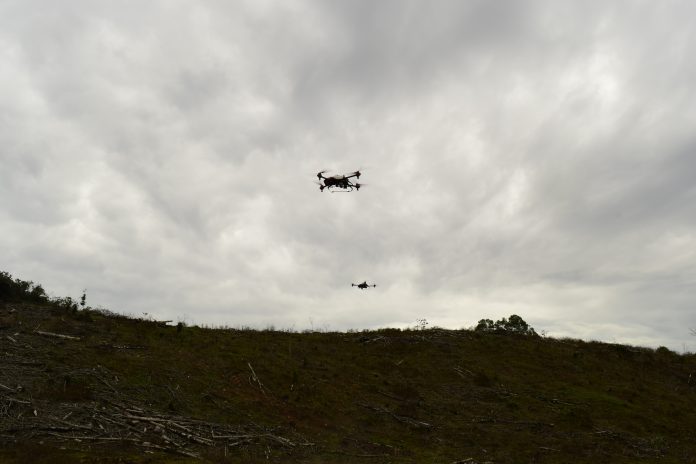
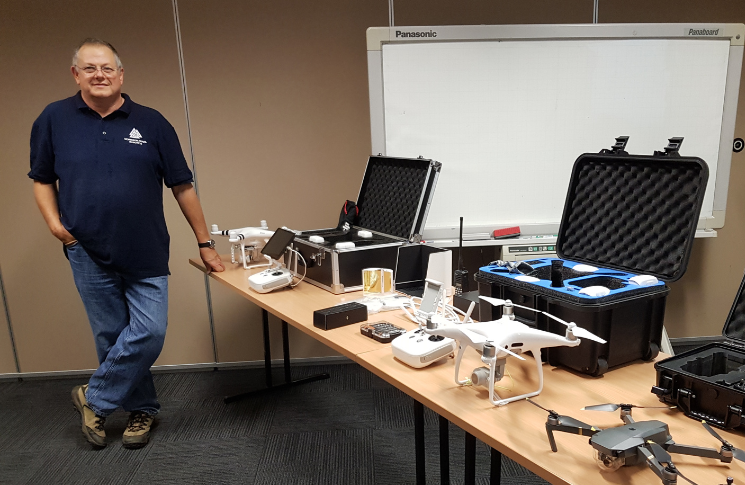
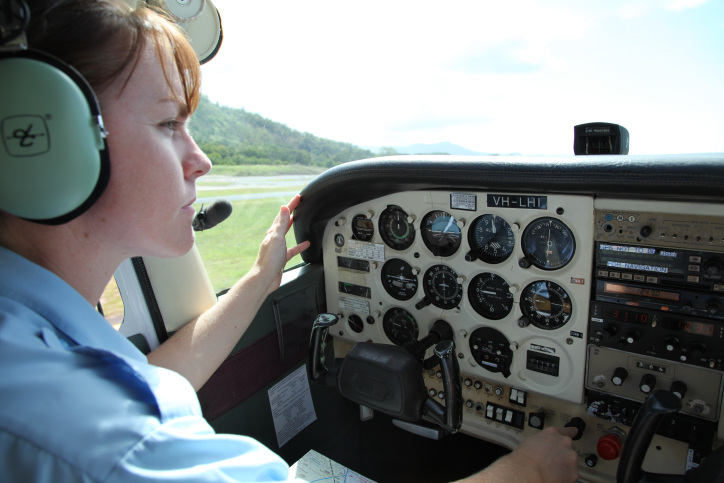
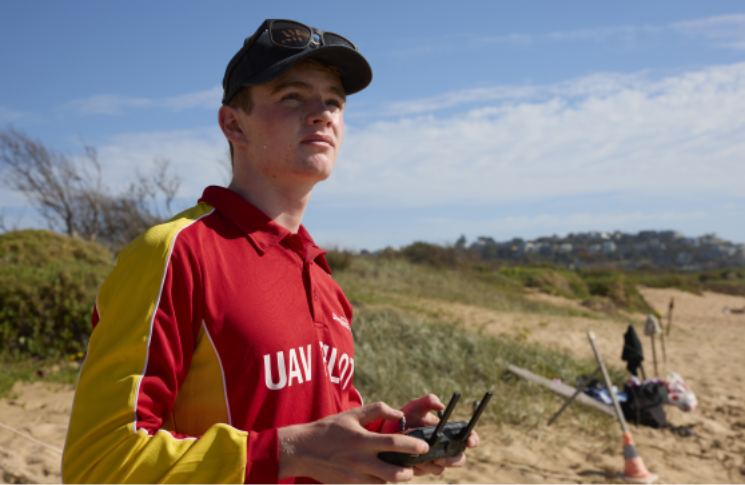

Great story….. always looking forward. Congrats